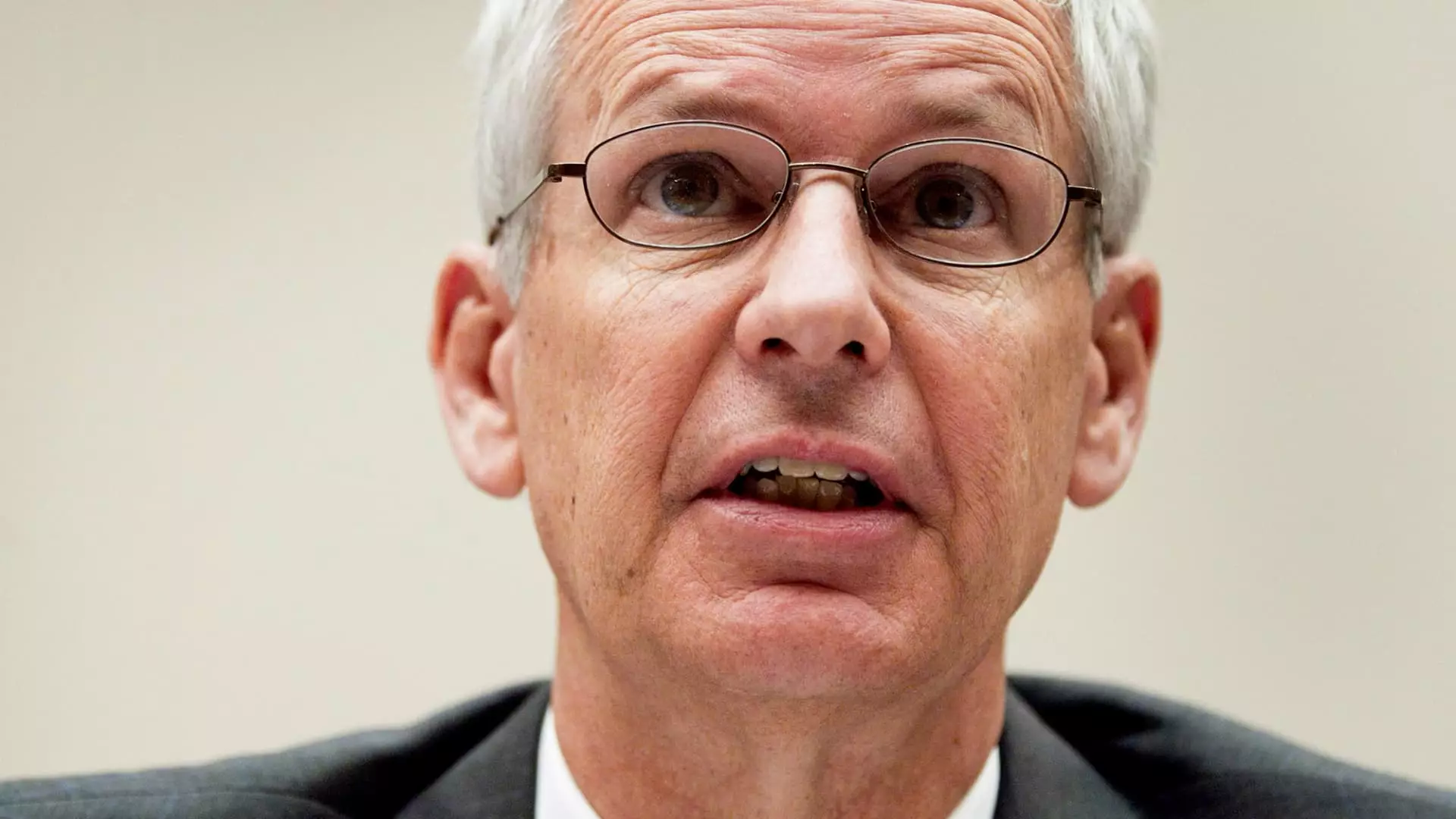Dish Network’s journey has been one characterized by ambition and strategic moves, reminiscent of a sitcom narrative that initially captivates its audience but ultimately struggles to deliver a satisfying conclusion. Founded in 1996, Dish started with innovative offerings in the pay-TV domain, harnessing satellite technology to provide access to countless channels. This business model initially ensured substantial growth, leading to a robust subscriber base. However, the rapid shifts in consumer behavior and technological advancements have rendered the once-thriving platform obsolete as viewers migrated toward streaming services.
In 2011, the company’s co-founder, Charlie Ergen, adopted a perplexing strategy to navigate this turbulent landscape by likening Dish’s operational direction to the plots of episodic television. On an earnings call, he famously referenced the storied sitcom “Seinfeld,” suggesting that while the show’s myriad plots often seemed aimless, they ultimately coalesced into coherence during the finale. This metaphor, however catchy, mirrored Dish Network’s own multifaceted yet unfocused strategies as the company struggled to find its footing amidst changing industry dynamics.
Fast forward to 2023; Dish Network’s strategic approach has fallen into a quagmire. After years of attempting to pivot to a nationwide wireless carrier—acquiring Boost Mobile and seeking regulatory approval—the firm has faced a barrage of setbacks that have crippled its operational capacity. With a staggering exodus of pay-TV subscribers, the company’s competitive edge has eroded, leading to a cumulative 63% loss of viewership since 2016, demonstrating a pattern of strategic miscalculations.
The recent sale of Dish to DirecTV, a bitter conclusion to a once-promising endeavor, has only exacerbated the narrative of decline. The nominal sale price of $1, coupled with an astronomical $9.75 billion debt, illustrates the depths of Dish’s troubles. Even as EchoStar, Dish’s parent company, sought to relieve itself of a mounting financial burden, its decision to offload a beleaguered asset has left stakeholders scrambling for answers.
As industry CEO Hamid Akhavan stated, the content distribution sector is undergoing a rapid transformation, marked by cancellation trends that strike at the very core of traditional pay-TV models. Telecom titans, such as Comcast and Charter, have seized the moment, leveraging their broadband capabilities to lure audiences away from satellite services. The profound shifts in viewer habits illustrate the existential threats faced by companies like Dish, whose attempts to reintegrate wireless and satellite services have failed to materialize into a coherent strategy.
Moreover, when Ergen once illustrated the company’s future with metaphorical outstretched fingers, it underscored a troubling reality: these “pathways” often led nowhere. The myriad and competing interests within Dish’s operations have emerged as a management distraction, hindering focused investment in either pay-TV or wireless infrastructures.
Dish Network’s trajectory—marked by aspiration and fraught with pivots—ultimately echoes the disappointment that encapsulated the “Seinfeld” series finale. The expectations set against its storied past have failed to culminate in a transformative resolution. Instead, they culminated in a predictable anticlimax, mirroring back to its audiences the futility that comes from a failure to evolve.
The so-called “Seinfeld strategy” of Dish has left stakeholders reflecting on a lost opportunity for growth and innovation. As the company confronts an uncertain future under the umbrella of DirecTV, the narrative that unfolded within the confines of their operational strategy serves as a poignant reminder of the importance of relevance and adaptation in a rapidly changing industry. Just like its namesake sitcom, Dish Network has navigated a complex web of narratives, only to find itself at the end of an ambiguous cliffhanger, one that leaves investors, subscribers, and yet another generation of executives wondering what might have been.

